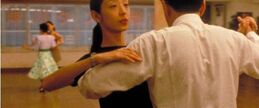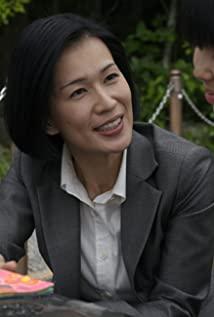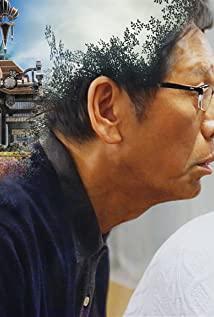It can be said that both versions have their own merits.
Relatively speaking, the American version of the dance scene is more lively, and after watching it, people can't stop dancing or learn to dance. Other than that, it's basically not as good as the Japanese original. I don't see any reason for Richard to escape from his current life, other than the constant, unremarkable life of the protagonist.
Life in the Japanese version is more realistic, and the original version reflects the subtleties of the oriental people. Compared with the successful barrister in the American version, the protagonist in the Japanese version is an ordinary "country" (the charming dance teacher in the dance class). He is an ordinary junior section chief who has a relatively happy family and is under mortgage pressure. He usually commutes to get off work by bicycle or subway. In the film, when the male protagonist signed up, he was hesitant about the "expensive" tuition fee of 1,000 yen for a class, which made people feel extremely close to life.
Overall, both versions will make people shake we dance.
The difference is that the American version strongly stimulates people's urge to dance, while the Japanese version not only arouses the urge to dance, but also makes people willing to change their repressed living conditions from a rational point of view.
View more about Shall We Dance? reviews










